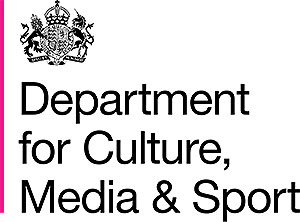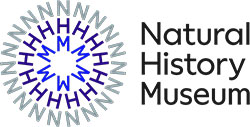Natural history collections and research

The Royal Agricultural University holds several archival natural history collections that are closely linked to the history of the institution, including:
- Herbarium
- The Voelcker seed collection
- Invertebrate collections
- Biological slides
- Natural history books, archives and art
- Artefacts and ethnobotanical items
Herbarium collections and importance
Our current research focuses on the herbarium, which is a collection of dried, pressed plants and plant-like specimens. These specimens are often accompanied by detailed labels that state the species name, the location and date of collection, and the name of the collector.
The herbarium was established at the newly founded Royal Agricultural College in 1845 by Samuel Pickworth Woodward, Professor of Geology and Natural History. Woodward’s herbarium forms the majority of the collection, comprising specimens dating between 1787 and 1863. It also contains substantive mid-late 20th century collections by Dai Barling, Lecturer in Agricultural Botany, and John Stevens, Laboratory Superintendent. In addition, there are numerous smaller contributions from approximately 300 other collectors. The majority of specimens are wild species collected in the British Isles, but some international specimens are also represented.
The importance of herbaria has become increasingly well recognised in a number of study areas including: ecology and nature recovery; evolution, taxonomy and identification; environmental and climate change; arts and humanities; teaching and outreach (Carine et al. 2018; Funk, 2003).
Herbarium research and projects
We are working on a number of impactful herbarium projects:
- Digitisation – for the first time, the herbarium has been fully catalogued and is in the process of digitisation with the aim of making it digitally publicly accessible
- MScR postgraduate research project entitled ‘Evaluating the Novel Botanical and Heritage Contributions of the Royal Agricultural University herbarium’
- Artificial Intelligence chatbot – working with the Natural History Museum to create an easily accessible method of searching our herbarium database
- Student enterprise project – creation of sustainable herbarium-themed merchandise to generate proceeds for reinvestment in herbarium conservation, access and research
We would like to thank our funders:




- The Cirencester Fund
- John Oldacre Fund
- The Wildflower Society
- RAU Innovation Fund
Natural history publications
Hemmings, K., & Rollings, P. (2025). ‘This disagreeable weed’: arable plant conservation may benefit from historical publication insights. Environment and History, 31(2), 153-160. https://doi.org/10.3828/whpeh.6386148032734.
Hemmings, K. (2022). Ancient woodland indicator species: can old herbarium specimens supplement recent records to inform ecological management. Webbia, 77(2), 327-336. https://doi.org/10.36253/jopt-13400.
Access
At present, the collections are not open to the public and we do not have capacity to offer loans, but we are working on increasing access and engagement through our ongoing digitisation and chatbot projects.
References
Carine, M. A., Cesar, E. A., Ellis, L., Hunnex, J., Paul, A. M., Prakash, R., ... & Yesilyurt, J. C. (2018). Examining the spectra of herbarium uses and users. Botany Letters, 165(3-4), 328-336. doi.org/10.1080/23818107.2018.1482782.
Funk, V. A. (2003). 100 Uses for an Herbarium: well at least 72. American Society of Plant Taxonomists Newsletter.
Contact: Dr Kelly Hemmings, Royal Agricultural University